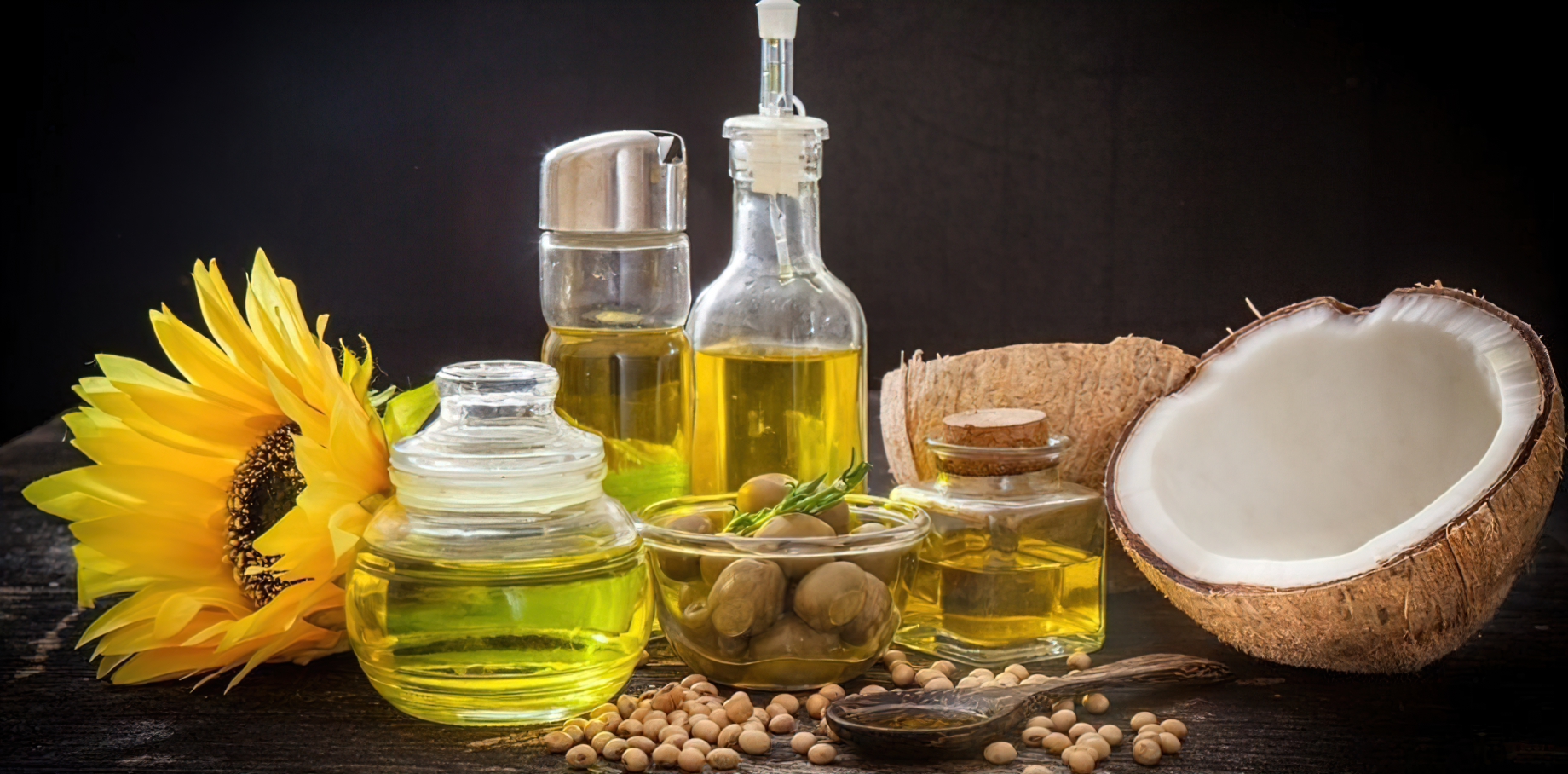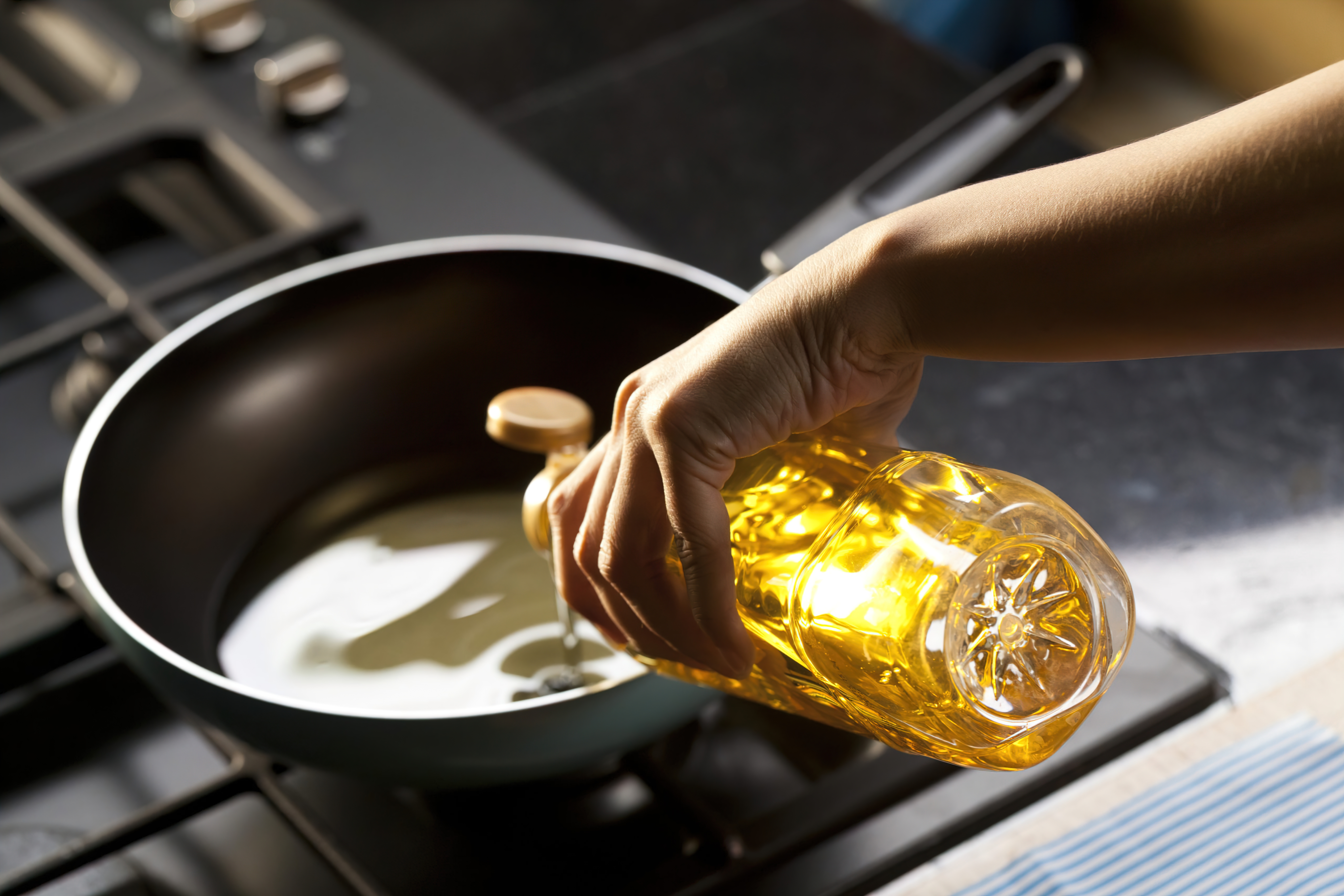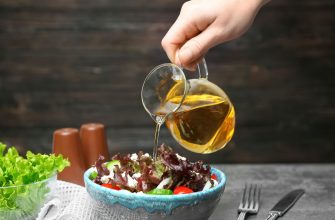Fats and oils are essential components in cooking, adding flavor and texture to dishes while aiding in heat transfer and enhancing the absorption of fat-soluble nutrients. This comprehensive guide will explore the different types of fats and oils, their characteristics, and their best uses in the kitchen.
Understanding Fats and Oils
Fats and oils are derived from plants and animals, and they’re made up of triglycerides. They can be categorized into saturated, monounsaturated, and polyunsaturated fats based on their chemical structure. Each type of fat has unique properties that affect its stability, smoke point, and nutritional profile.
-
Saturated Fats
Saturated fats are primarily found in animal products like butter, lard, and ghee. They have a high smoke point, making them suitable for high-heat cooking methods such as frying and roasting. However, excessive consumption of saturated fats has been linked to an increased risk of heart disease.
-
Monounsaturated Fats
Monounsaturated fats, found in olive oil, avocado oil, and certain nuts, are known for their heart-healthy properties. They have a moderate smoke point, making them ideal for sautéing, roasting, and baking.
-
Polyunsaturated Fats
Polyunsaturated fats are found in vegetable oils like corn, soybean, and sunflower oil. They have a lower smoke point and are best suited for low-heat cooking methods or used as a salad dressing.
Popular Fats and Oils in the Kitchen
-
Olive Oil
Olive oil, particularly extra virgin olive oil, is a staple in Mediterranean cuisine. It’s rich in monounsaturated fats and antioxidants. Its moderate smoke point makes it suitable for sautéing, roasting, and baking. Avoid using olive oil for high-heat cooking, as it can break down and produce harmful compounds.
-
Coconut Oil
Coconut oil is a versatile oil with a high smoke point, making it suitable for high-heat cooking methods. It’s high in saturated fats, specifically medium-chain triglycerides (MCTs), which are believed to have some health benefits. Use it for frying, sautéing, or baking.
-
Canola Oil
Canola oil is a neutral-tasting oil with a high smoke point, making it a versatile option for various cooking methods. It’s low in saturated fats and high in monounsaturated fats, making it a heart-healthy choice. Use it for frying, sautéing, roasting, or baking.
-
Butter
Butter is a rich, flavorful fat derived from dairy. It’s high in saturated fat, but it also contains some vitamins and minerals. Use butter for sautéing, baking, or as a finishing touch to add flavor to dishes.
-
Avocado Oil
Avocado oil is a nutrient-dense oil with a high smoke point, making it suitable for high-heat cooking. It’s rich in monounsaturated fats and antioxidants. Use it for frying, sautéing, or roasting.
Choosing the Right Fat or Oil for Cooking
When selecting a fat or oil for cooking, consider the following factors:
- Smoke Point: Choose an oil with a high smoke point for high-heat cooking methods to prevent it from breaking down and producing harmful compounds.
- Flavor Profile: Some fats and oils have distinct flavors, which can enhance or clash with the flavors of your dish. Choose a neutral oil for dishes with delicate flavors.
- Nutritional Value: Opt for heart-healthy oils like olive oil or avocado oil, but remember that moderation is key when consuming fats.
- Cost and Availability: Some oils, like avocado oil and extra virgin olive oil, can be more expensive than others. Consider your budget and the availability of oils in your area when making your selection.
Storing Fats and Oils
Proper storage of fats and oils is crucial to maintaining their freshness and preventing them from becoming rancid. Follow these tips for optimal storage:
- Keep oils in a cool, dark place: Exposure to heat, light, and air can cause oils to oxidize and become rancid. Store them in a cool, dark place like a pantry or cupboard.
- Use airtight containers: Store oils in airtight containers to minimize their exposure to air.
- Monitor freshness: Oils have a limited shelf life, so be sure to check for any off odors or flavors before using them in your cooking.
- Store solid fats properly: For solid fats like butter and lard, store them in the refrigerator to maintain freshness and prevent spoilage.
In Summary
Understanding the different types of fats and oils, their characteristics, and their best uses in the kitchen is essential for creating delicious and healthy dishes. By selecting the appropriate fat or oil for your cooking method, considering flavor profiles and nutritional value, and storing them correctly, you can enhance your culinary skills and expand your cooking repertoire.


